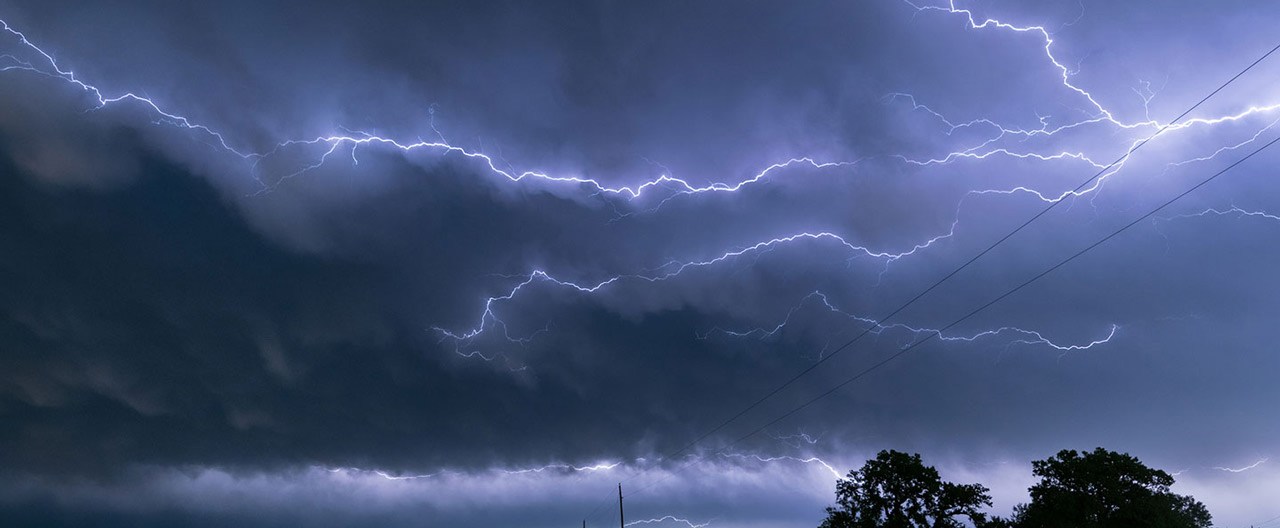- Individuals & Families
- Businesses
- Brokers

With winter on its way out, you may be ready for some spring cleaning.
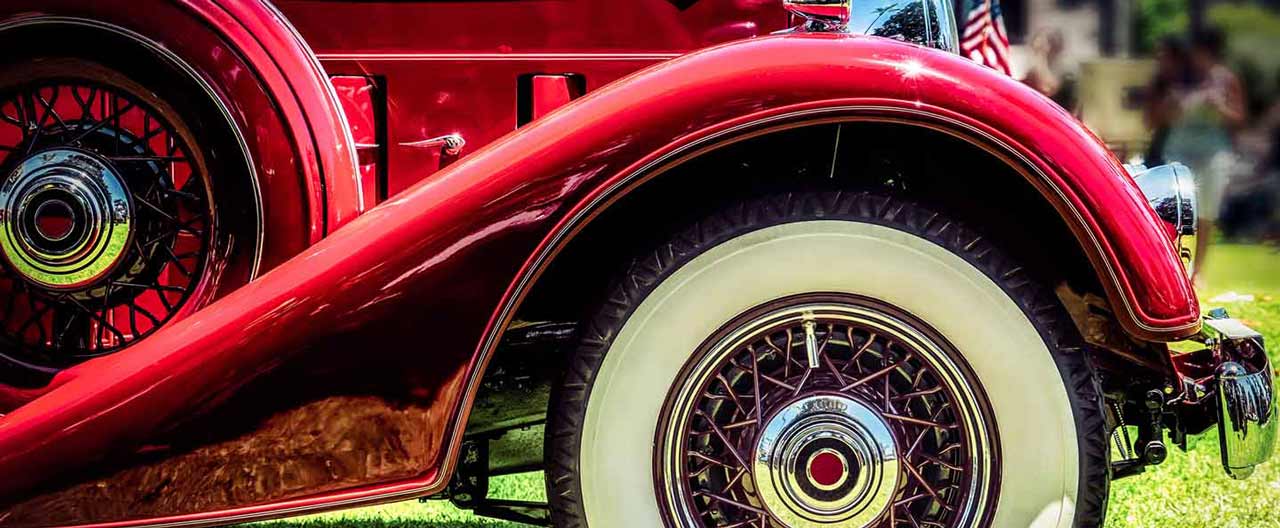
Make sure you protect your classic cars from damage or additional wear and tear.

Keep your important papers and small valuables away from burglars, fire or natural disaster.
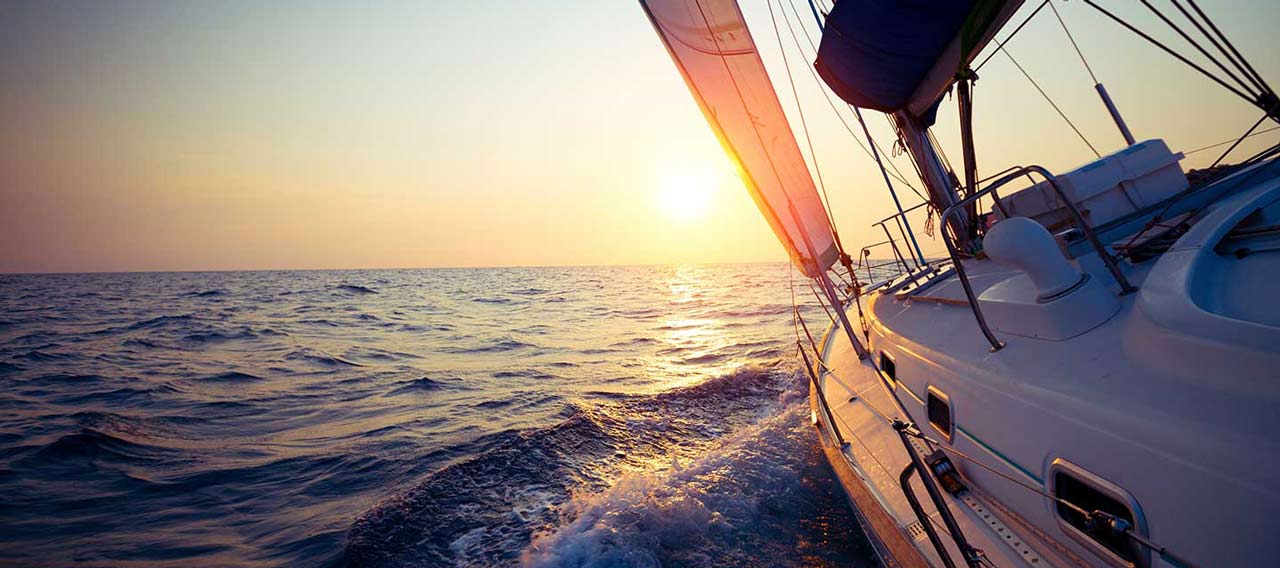
For over a hundred years, we’ve offered unparalleled stability and protection for small boats, yachts, luxury mega-yachts, and more.
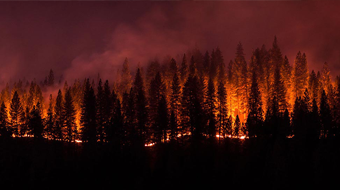
Here are some things you can do to assist firefighters and minimize the damage to your home.

At their worst, disputes between professional service firms and their clients can lead to costly lawsuits.
While you can’t control when or where a hurricane, windstorm, or flood will hit, the best way to minimize potential damage is to be prepared.
When a major storm is coming, stay informed by following Environment Canada’s Weather Radio or your local news channels for updates. In addition, make sure to obey all orders if requested to evacuate by the authorities. Follow these steps to keep your car protected.
Before the storm
- Park in your garage or carport: Park your car against the doors to keep them from buckling inwards and potentially blowing them off the tracks. Place a heavy blanket or area rug over the car, and remove hanging objects from the garage.
- Do not park under trees, power lines, or in low lying areas: If you do not have a garage, move your car to higher ground or park it tight against the house to provide some deflection of wind away from your car. A tight fitting car cover may also provide some protection. Additionally, you may want to consider a storage facility that is not located in a flood area.
- Fill your gas tank: Aim to do this well in advance of the storm to avoid long lines and possible gas shortages. During an evacuation, routes can become congested and you may have long waits in traffic. And remember, gas pumps will not operate without electricity.
- Keep emergency supplies in your car: Pack booster cables and tools, tire repair kit/spare tire, matches, flashlights, shovel, and traction mats.
- Check your insurance: Check to see if flood or storm damage is covered under your policy, and keep a copy of your auto insurance with you, preferably in a waterproof container.
During the storm
- Use caution when driving: Avoid driving on low-lying roads since flooding can occur with no warning.
- Don’t drive through flooded roads: It is often difficult to accurately judge the water level, and you could easily damage the engine and stall your car.
- Stay away from fallen power lines: If you are in a car that is hit by fallen wires, do not go outside. If you must leave, never touch the car and the ground at the same time.
After the storm
- Be aware of your surroundings: Look out for fallen lines, debris on the roads, and other hazards. Make sure you have a spare tire with you in case you unexpectedly hit any debris.
- Drive with caution: Pay attention to any missing signs or broken traffic lights. Also be cautious of any moving water before driving through it as the current could carry your car away and possibly trap you inside.
- Inspect your car: Wash any debris from your car and take photos of any damage in case you need to report a claim.
Insights and expertise
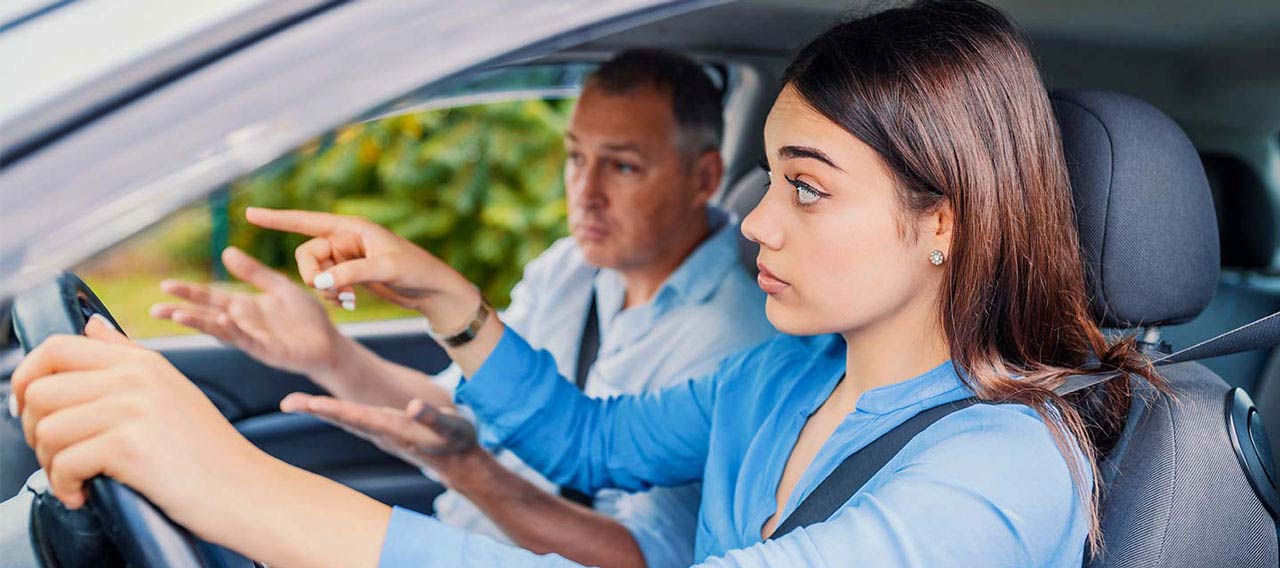


This document is advisory in nature and is offered as a resource to be used together with your professional insurance advisors in maintaining a loss prevention program. It is an overview only, and is not intended as a substitute for consultation with your insurance broker, or for legal, engineering or other professional advice.
Chubb is the marketing name used to refer to subsidiaries of Chubb Limited providing insurance and related services. For a list of these subsidiaries, please visit our website at www.chubb.com. Insurance provided by Chubb Insurance Company of Canada or Chubb Life Insurance Company of Canada (collectively, “Chubb Canada”). All products may not be available in all provinces or territories. This communication contains product summaries only. Coverage is subject to the language of the policies as actually issued.

